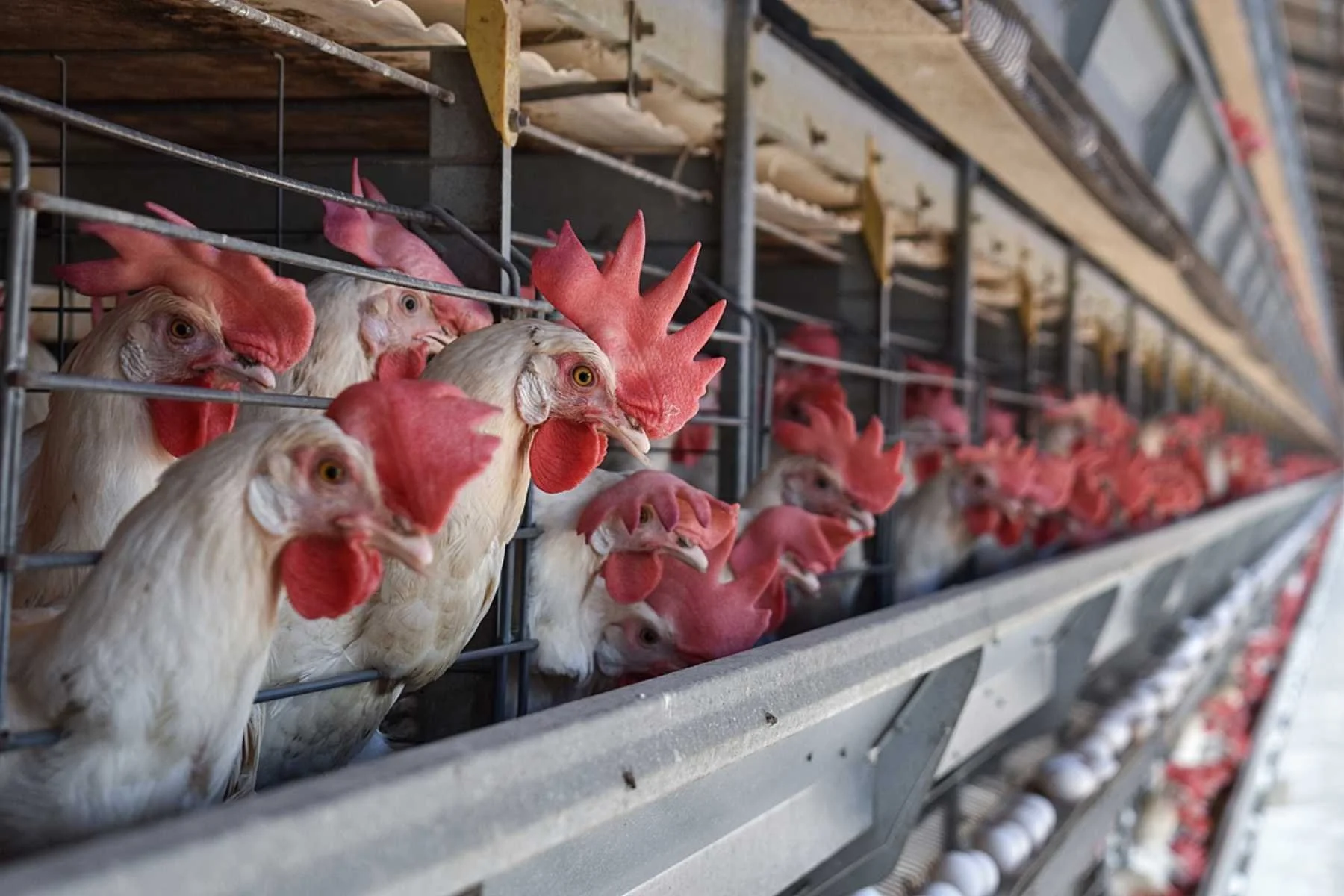Fungi is Changing the Future of Leather
The vegan leather alternative is praised as a more ethical and sustainable material to its animal counterpart.
In the soils underground, and unbeknownst to most of us, is the hidden world of mycelium: a sprawling, tangled network of fungi. Accounting for 25% of all biomass worldwide, this vast network of diverse organisms is essential to the ecosystems of the planet.
As decomposers, they ensure that organic matter, such as dead plants and animals, is broken down, and play a major role in nutrient cycling and exchange in the environment. Fungi are also used in human food systems as edible mushrooms and truffles and are used in fermenting for multiple food items, such as alcohol, soy sauce, and tempeh.
Now, innovative fashion brands and designers are diving into the fascinating world of fungi too, as mushroom leather is praised as a more ethical and sustainable material to its animal counterpart.
Mushroom leather is made from mycelium, a material that can be grown from fungi in weeks and has the texture and functionality of soft, supple animal leather. The groundbreaking material can be grown to fit the size and shape desired by the designer, which in turn removes the fabric waste that usually ends up on the cutting room floor. Designed to be low impact, mushroom leather emits far fewer greenhouse gases and uses less water and resources than animal leather, leading experts to believe that it can help designers in their quest to become more planet-friendly.
“I am excited to support the fashion world in its efforts to become more sustainable,” biologist Merlin Sheldrake, who wrote Entangled Lives: How Fungi Make Our Worlds, Change Our Minds, and Shape Our Futures, told The Guardian ahead of the Business of Fashion Voices conference last Thursday. “There is so much potential in fungi to overcome some of the problems we face.”
Sheldrake sees fashion’s engagement with mushroom leather as a platform for “fungi as an analogy for thinking creatively, and sustainably”, as he told The Guardian. And already, high fashion is unlocking the potential of mushroom leather.
Stella McCartney, Hermès, Lululemon, and Adidas have recently partnered with the leading biotechnology companies in the mycelium space, MycoWorks and Bolt Threads on mushroom leather collections. These collaborations have seen the release of mushroom replicas of the designer’s much-loved items, such as Hermès’ popular $5,000 Victoria duffle bag, as well as entirely new products using the innovative material, including Stella McCartney’s Bustier Top & Trouser Set.
Soon to be valued at nearly $128.61billion, the global animal leather industry slaughters over one billion animals every year. And contrary to popular belief, animal leather is not simply a “by-product” of the meat industry - it’s a co-product. Animal leather is in itself a fully mechanized independent industry.
The animal leather industry has a detrimental impact on the planet, the animals, and the people involved in the production. Just recently, the animal leather used by more than 100 fashion brands has been linked to deforestation in the Amazon, according to a new report compiled by Slow Factory.
“The Amazon rainforest is fast approaching the tipping point of irreversible ecosystem collapse, according to scientists,” the report states. “We’re calling on the world’s leading fashion brands to act immediately to protect the Amazon rainforest, its people, and our global climate future.”
And fungi, considered the “Amazon forests of the underground”, could be one crucial piece of the puzzle when it comes to replacing animal leather and combatting emissions caused by the fashion industry.
More stories:
Species Unite
A collection of stories of those who fight the good fight on behalf of animals.




From an owl who taught a city how to hope, to the fight to restore collapsing kelp forests, to the urgent push for justice for animals harmed by human systems - these are the stories behind Species Unite’s most listened-to podcast episodes of 2025.